At the risk of exaggeration, I would say that the Supreme Court, on January 14, 2020, delivered its most controversial verdict yet in this democratic dispensation. By ordering the sack of Rt. Hon. Emeka Ihedioha as the governor of Imo state and the installation of Senator Hope Uzodinma in his place, the apex court set tongues on fire. Protesters hit the streets, commentators spat venom and politicians cried blue murder over the verdict. The consensus among those opposed to the judgment is that the Supreme Court miscarried justice. President Muhammadu Buhari did not escape the missiles: he was accused of capturing Imo for APC as part of his “third term agenda”.
The first issue raised by commentators is that the Supreme Court declared a man who placed fourth as the winner. The figures released by the Independent National Electoral Commission (INEC) after the March 8, 2019 election had seen Ihedioha (PDP) declared winner with 273,404 votes, followed by Uche Nwosu (Action Alliance) who polled 190,364, Ifeanyi Ararume (All Progressives Grand Alliance) 114,676 and Uzodinma (APC) 96,458. The second issue is that with 213,695 votes now attributed to Uzodinma, the total number of votes cast came to 927,000 while accredited voters were only 823,743, which would suggest that there were more votes than voters.
Arising from this was a third issue raised by those opposed to the judgment: assuming indeed that Uzodinma’s votes in the 388 polling units that were excluded from collation were legitimate, how on earth could one candidate have scored all the votes in those units? This argument presumes that the 213,695 votes that the Supreme Court ordered should be added to Uzodinma’s tally from the disputed 388 polling units represented the entire votes cast in those units. If indeed this was the case, we can only assume that somebody sat down somewhere and played games on the calculator and probably on Microsoft Office Excel. Some primary school kid, maybe.
The fourth issue is that the same Supreme Court had previously decided in a case brought by Prince Madumere against Nwosu and APC that there was “double nomination” which violated the electoral laws. Nwosu, son-in-law to Owelle Rochas Okorocha, former Imo governor, had been nominated by a faction of APC as candidate before being picked again by AA as a result of internal crisis in APC. Having agreed with the high court and the appeal court in disqualifying Nwosu for double nomination, the Supreme Court was accused of contradicting itself by accepting Uzodinma as the candidate of the same APC. In their opinion, APC should have been disqualified too.
Advertisement
I could not comment on the judgment last week because I had not seen the full text as delivered by Justice Kudirat Kekere-Ekun. It was a unanimous verdict. There was no dissent among the seven justices on the panel. Before reading the judgment, I had initial thoughts. Sure, a candidate who came fourth can become the winner if his excluded votes were added. That’s logical. Also, those saying votes cast were more than accredited voters made an assumption: that the accredited voters from the excluded 388 units were not excluded in the final tally by INEC. Now, if you exclude result sheets from the 388 units, you automatically exclude the voters accredited there. That’s also logical.
Now that I have read and digested the judgment, I can comment in a more informed way. What were the issues before the Supreme Court? Uzodinma’s lawyers made two arguments in trying to prove that both the tribunal and the Court of Appeal erred by throwing out their petition against Ihedioha. One, they argued that Ihedioha did not score the highest number of votes during the governorship election — because results from 388 units were excluded from collation by INEC. Two, they argued that Ihedioha was, therefore, not the validly elected governor. If Uzodinma’s excluded votes were added, then he — not Ihedioha — would be the winner, they argued.
Note that they did not argue that election did not hold or that the election was violent or that the results were manipulated in those 388 units. They simply said election was held but the results were excluded at the ward collation level and this basically short-changed Uzodinma. In fact, they said election was held in the 27 local government areas, 305 wards and 3,523 polling units in Imo state, but that INEC cancelled results from 252 units and excluded those from 388 units without any reason. In these excluded units, they said Uzodinma scored 213,695 votes as against Ihedioha’s 1,903 (so it is obviously inaccurate to say Uzodinma got all the votes in the 388 units).
Advertisement
The Supreme Court dismissed Ihedioha’s claim of “double nomination” against APC which he had hoped would lead to the party’s disqualification, meaning Uzodinma would have had no leg to stand on. Kekere-Ekun said candidature is a pre-election matter and should have been originated at the high court. She said it was different from Nwosu’s case and could not be introduced by Ihedioha at the apex court without a grant of leave to do so. She said the opening paragraph in the Madumere vs Nwosu & APC judgment made it clear that the Supreme Court dealt purely with Nwosu’s double nomination. It had nothing to do with Uzodinma’s candidature. Technical stuff.
On the 388 units, the Supreme Court said both the tribunal and the appeal court erred when they refused to accept the result sheets tendered by Rabiu Hassaini, the deputy commissioner of police (DCP) who supervised security during the election. The tribunal had ruled that Hassaini did not have the “competence and authority” to present the results. The result sheets (Forms EC8A) from 368 (not 388) units presented by Hassaini were first expunged but later admitted by the tribunal, which still went on to rule that the documents were not “certified”. The Supreme Court, however, said “duplicate originals” — which the police are entitled to by law — do not need to be certified.
Kekere-Ekun agreed with the dissenting judgement in the appeal court delivered by Justice Frederick Oho who said having subpoenaed Hassaini through the inspector-general of police, the tribunal was wrong to question his “competence and authority” to testify. Oho had also asked why the tribunal subpoenaed Hassaini in the first place if it was not going to accept his testimony and how the tribunal would have felt if the DCP had disregarded the subpoena. The tribunal had also ruled that Hassaini did not prove any anomalies at the polling units but the Supreme Court said he did not have to prove any. In contention was the “unlawful” exclusion of 388 result sheets, not anomalies.
Ihedioha’s lawyers had argued that the results were forged, but the Supreme Court held that under the law of evidence, if you allege then you must prove beyond reasonable doubt. Forgery is a criminal offence. The court said Ihedioha’s lawyers did not prove that the results were forged. The apex court further said the tribunal wrongfully placed the burden of proof on Uzodinma because it misconstrued the case. Uzodinma was not alleging that voting was manipulated in 388 units. Rather, his contention was that election was held, he scored the highest votes but his votes were unlawfully excluded from collation. The Supreme Court agreed with Uzodinma that INEC was wrong.
Advertisement
What do I think? I must confess that INEC’s role in the whole thing left me dumbfounded. Did INEC hold elections in the 388 units? By saying the results presented by the DCP were forged, INEC admitted that election indeed took place there. INEC said it would provide the authentic results. It never did. That would have allowed a comparison of the result sheets. Why did INEC exclude the results of 388 units from collation if voting actually took place? INEC never answered this question. By law, INEC can cancel results if there was violence or rigging. INEC did not say it cancelled the results. INEC did not allege irregularity. It only disowned the 388 results without providing its own.
In my opinion, INEC basically fumbled. Many commentators have been blaming Ihedioha’s lawyers for not challenging the authenticity of the figures from the 388 units. It is believed that if they had done that convincingly, the Supreme Court would have thrown out Uzodinma’s appeal. However, it is not as if Ihedioha’s lawyers did not try. But they did not provide the necessary evidence to dispute those results. And I will place the blame squarely at the doorstep of INEC, not Ihedioha’s lawyers. INEC claimed the 388 results were forged and promised to produce the authentic ones but failed to do so. What evidence is the court supposed to work with? And to think INEC paid its lawyers!
Should the Supreme Court review its verdict based on Ihedioha’s argument that figures from some polling units are dubious? Since the apex court hardly reverses itself, the prospect appears bleak. The only ray of hope for Ihedioha, in my view, is if Uzodinma did not meet the constitutional requirement of spread — that is, having to score at least 25 percent of votes cast in two-thirds of the LGAs. INEC has not given us the data so we can’t say. If indeed Uzodinma did not meet this requirement, then INEC can ask the Supreme Court for a review so that a run-off can be organised between the top two candidates as stipulated in the constitution. Otherwise, the case is dead.
AND FOUR OTHER THINGS…
OPERATION AMOTEKUN
Advertisement
The political question as to whether south-west states can set up a vigilante group, nicknamed Operation Amotekun, appears to have been resolved and now we can move on to the real matters of security. After a meeting between Vice-President Yemi Osinbajo and the six south-west states, it was agreed that things should be done properly and in order: make the necessary enabling laws and subject the security arrangement to the existing federal policing policy. The resolution would not be pleasing to the drama queens who quickly seized the opportunity to inflame ethnic and religious passion and beat drums of war. A leopard never changes its spots. Opportunists.
BOKO HARM
Advertisement
Boko Haram insurgents on Monday killed Rev Lawan Andimi, chairman of the Christian Association of Nigeria (CAN) in Michika local government area, Adamawa state. That was very, very heartbreaking. On Christmas eve, the terrorists had killed 11 Christian captives in Borno state “to avenge the deaths” of Abu Bakr al-Baghdadi, the late Islamic State leader, and Abul-Hasan Al-Muhajir, their spokesman, who were killed by the US. The terrorists surely know how to score cheap points to put themselves on the front burner all the time. And they often strike deadly blows anytime the Nigerian government claims they have been defeated or degraded. Astounding.
LASSA FEAR
Advertisement
The world may be currently more worried about the outbreak of the coronavirus, but we also have our own deadly virus killing people across Nigeria. The Lassa fever virus has resurfaced. According to the Nigeria Centre for Disease Control (NCDC), 398 suspected cases have been reported across the country this year alone. The death toll is now 24. The acute viral haemorrhagic fever, which is more prevalent during the dry season, is as deadly as Ebola. The virus is usually passed by rats through the excreta or urine. Human-to-human infection is only to be expected thereafter. It is hardly surprising that most of the victims are poor people living in unsanitary conditions. Rattling.
‘KK IS OK’
Advertisement
Mr Kayode Komolafe, THISDAY deputy managing director and one of the few surviving socialists in town, clocked 60 yesterday. If you don’t know his story, you won’t appreciate this. In February 1984, he survived a car accident in which five persons, including the drunk driver, died on the stop. He was unconscious for two weeks. A little over 10 years ago, he survived the fangs of death again on a flight to the UK. Pardon the ageless pun — but hitting the age of 60 is no child’s play. An intellectual, deep thinker and great servant of journalism, KK is my adorable critic and encourager. The Good Lord that has kept him alive to see his 60th birthday certainly has more in store for him. Hurray!
1 comments
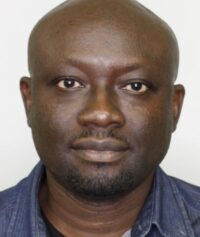
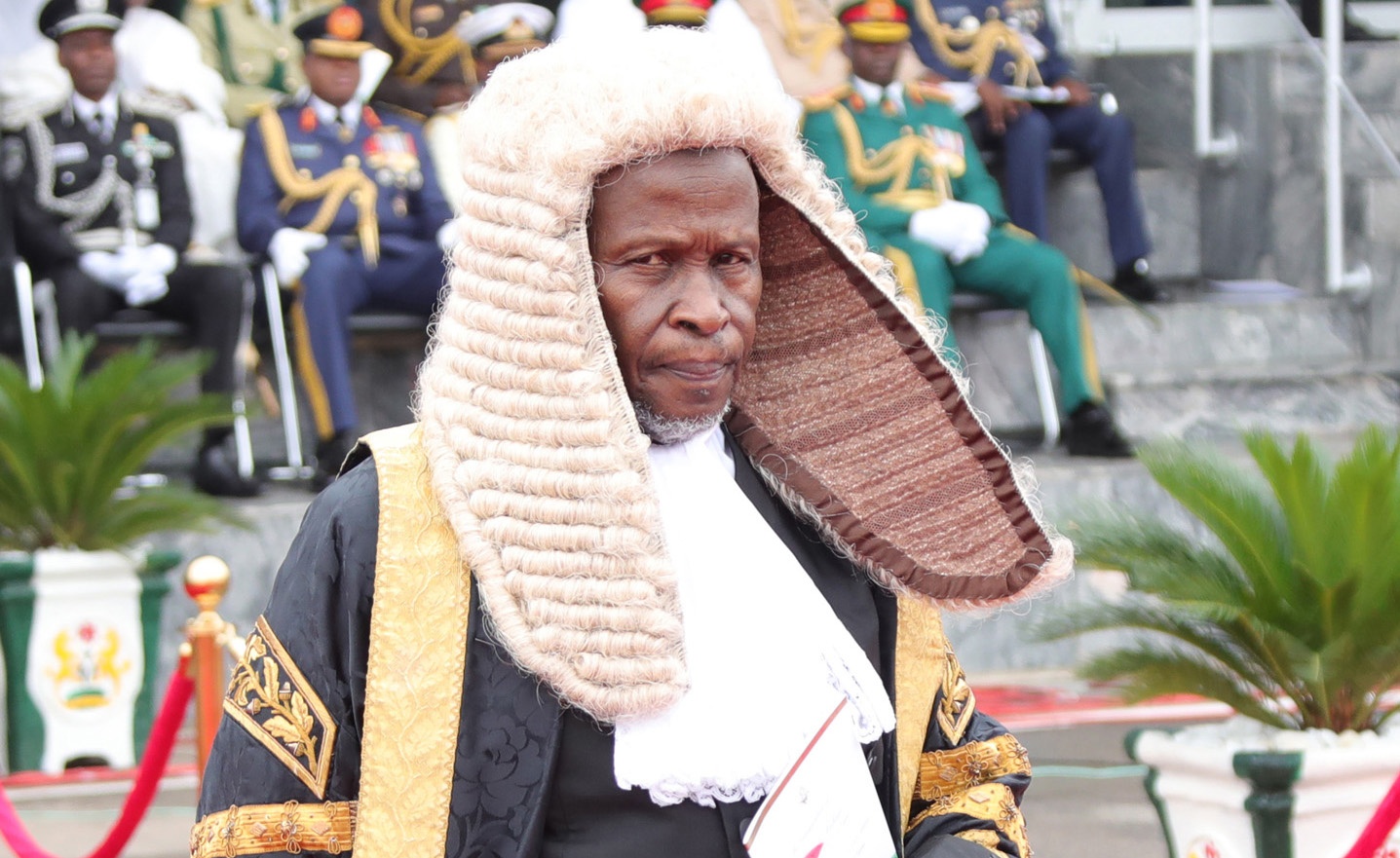

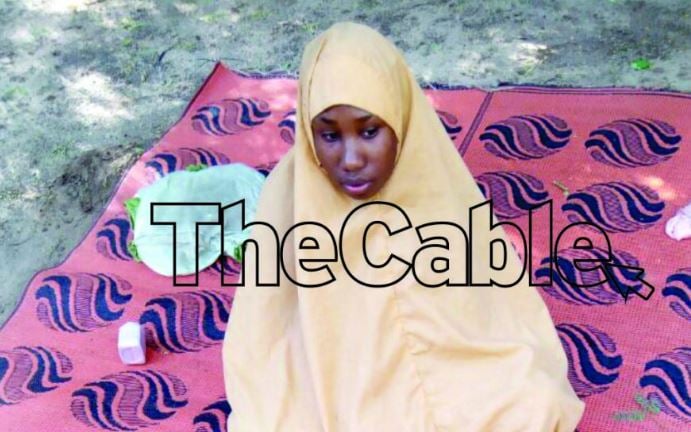
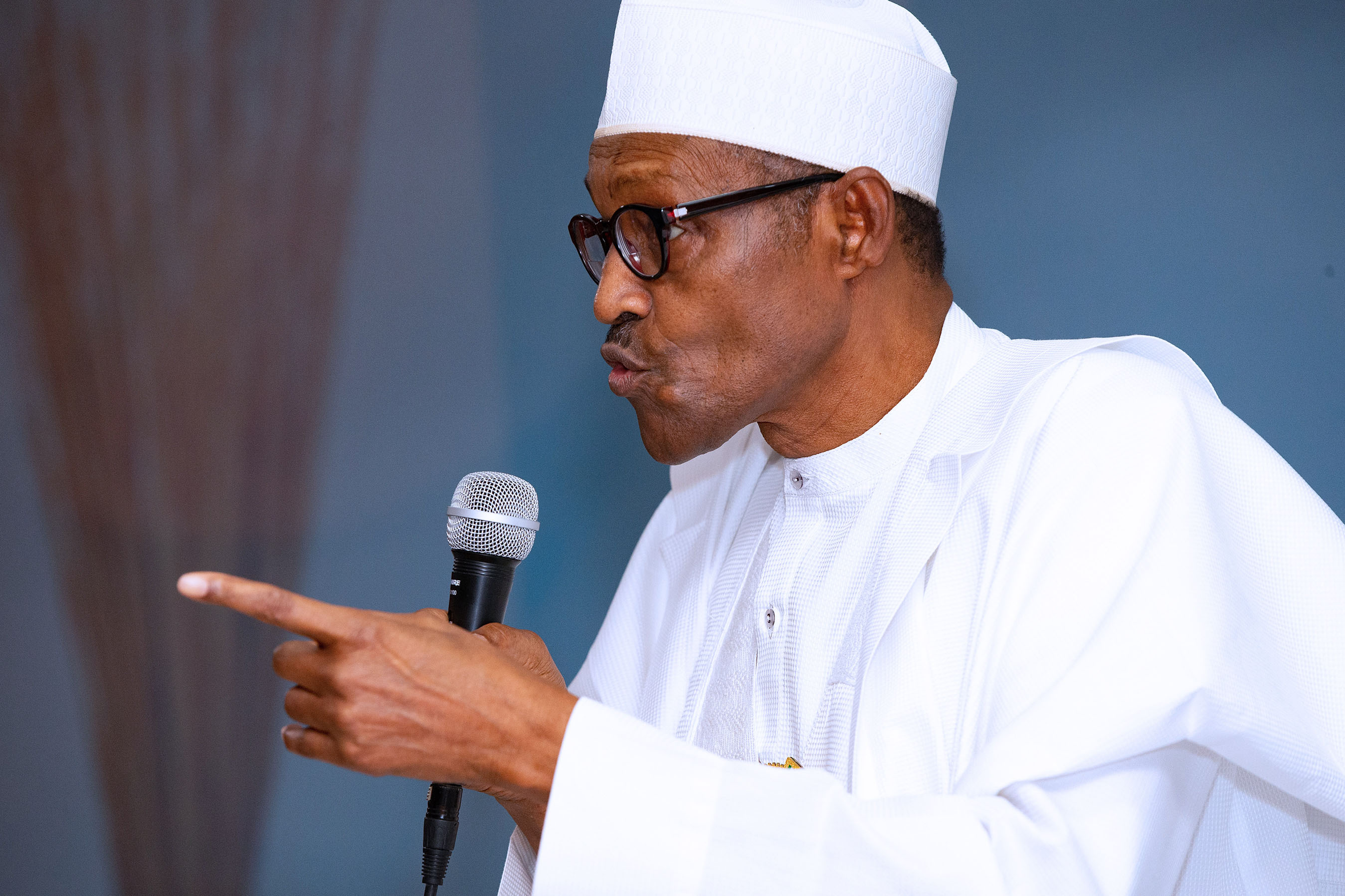
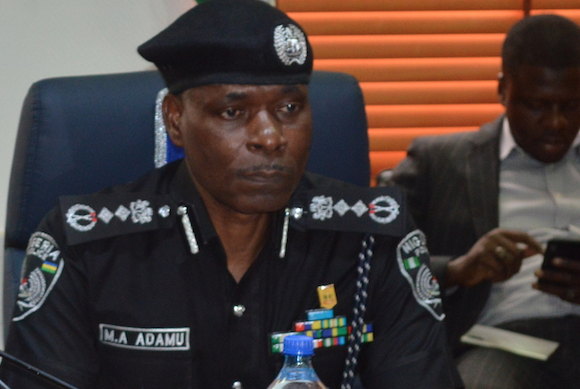

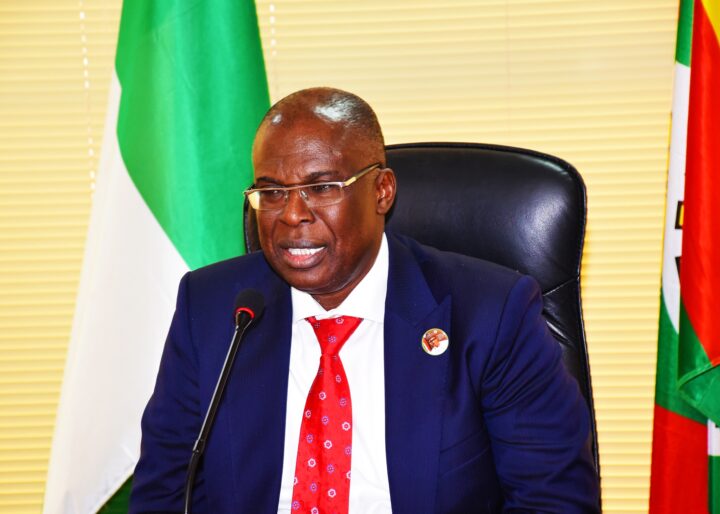
Finally a knowledgeable detailed review of the supreme Court judgement devoid of emotional sentimental bias
Thank you sir